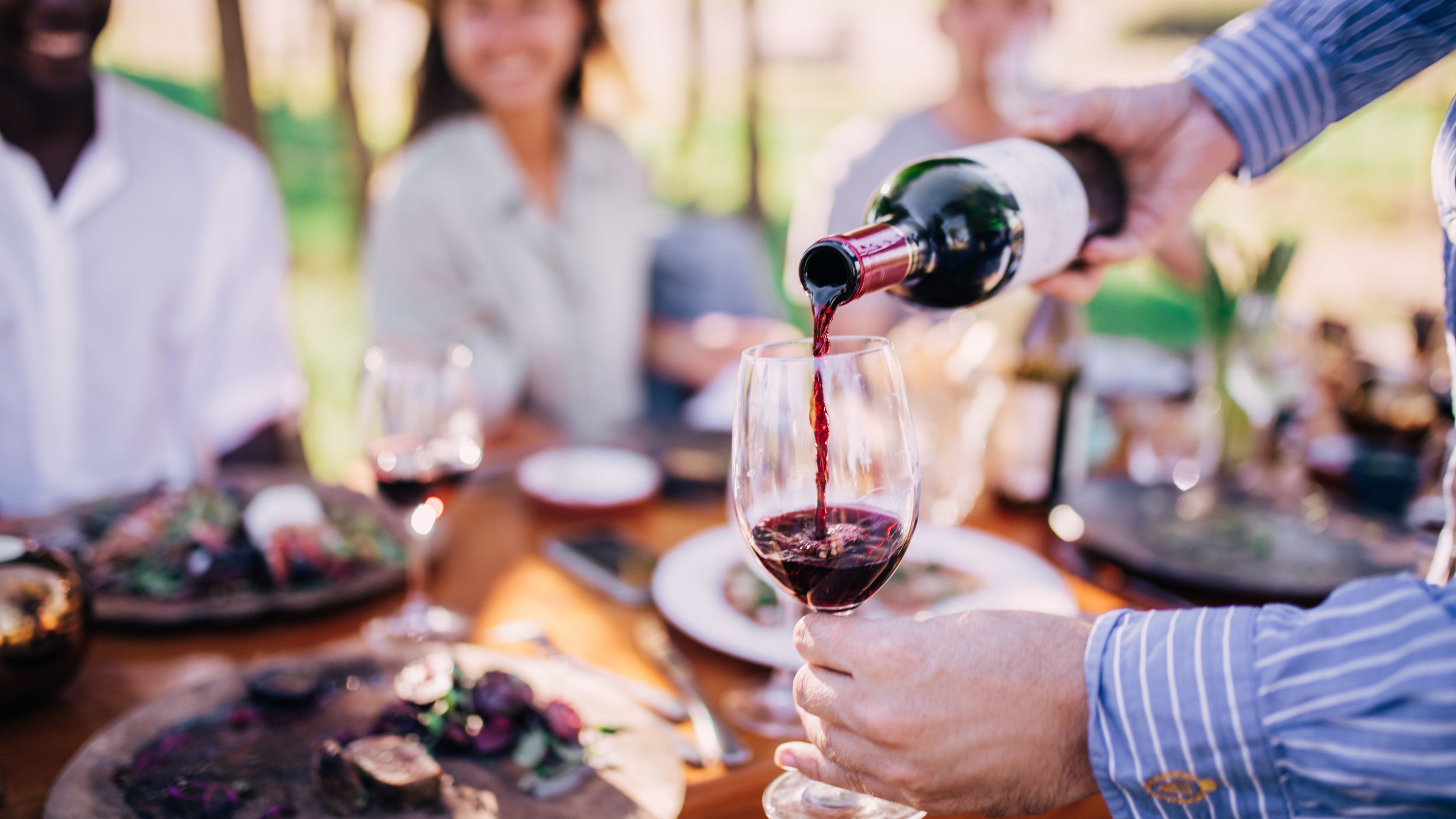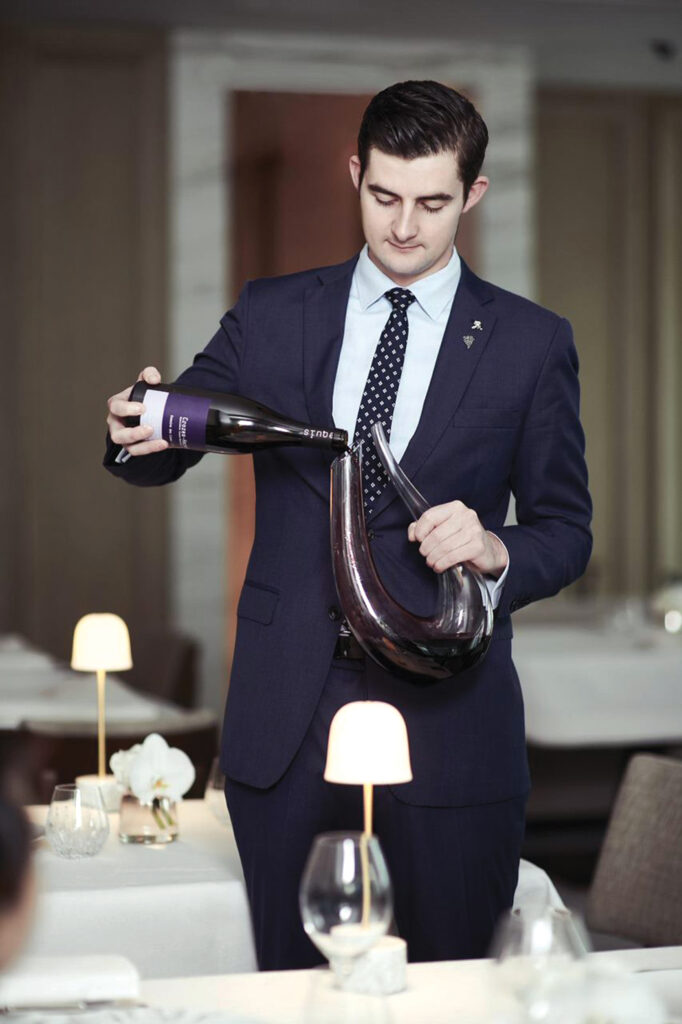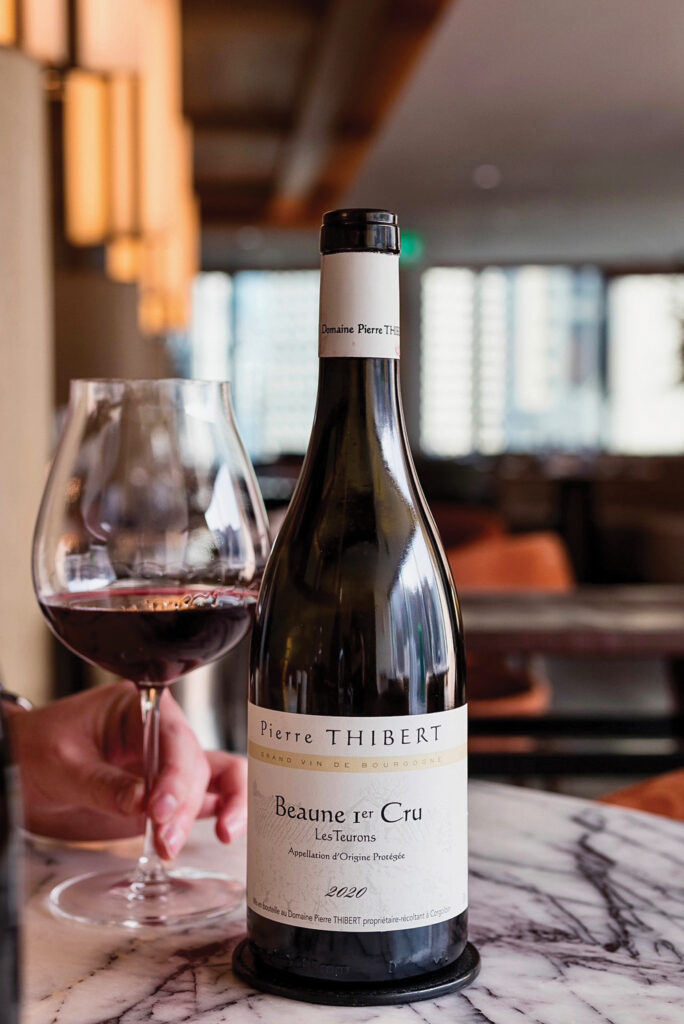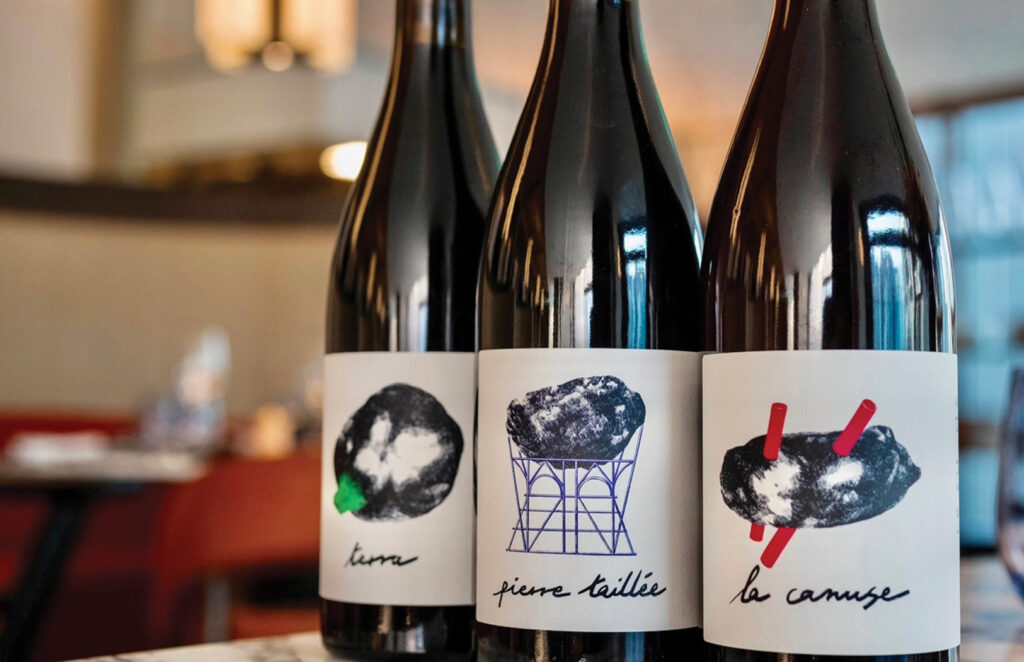
Alsace Class: Great whites and late-blooming sweet wines blaze a trail through the French region
Alsace in northeastern France has been officially recognised as an AOC (Appellation d’Origine Contrôlée) wine region since 1962. It is home to the famous 170km Alsace Wine Route, a tourist hotspot that winds its way through the Vosges foothills and the Rhine plain, past colourful towns and villages and vineyards of Riesling and Gerwürztraminer. Alsace is noted for its dry and aromatic white wines, with these two grapes yielding many of its best.

Tristan Pommier, an expert sommelier who curates Clarence’s wine program, a restaurant in Central, says. “Alsace boasts a very dynamic and thriving wine scene that is renowned for its wide range of grape varietals, grand cru wines and terroir expressions,” he says.
Pommier spotlights several young Alsace winemakers who are now making their mark, in addition to established winemaking families with a long history in the region. The latter, including Zind Humbrecht, Valentin Zusslin and Josmeyer, can be found on Clarence’s wine list. Up-and-coming estates La Rogerie and La Grange de l’Oncle Charles are definitely worth a try and can also be poured at the restaurant.

Grand Cru diversity
Pommier believes Alsace has become one of the key winemaking regions in France due to its diverse array of grand cru wines. There are 51 vineyards classified as grand crus for their quality terroir and winemaking.
“In addition, Alsace offers a range of winemaking styles, from traditional to biodynamic, which allows for a wide variety of flavour profiles and wine types,” notes Pommier.
The dessert wines of Alsace, particularly the sweet ‘Vendange tardive’ or late-harvest wines, are highly regarded by connoisseurs. “One of the most unique aspects of Alsace’s winemaking industry is its production of sweet wines,” concurs Pommier. “Due to the semi-continental climate and great variety of soil types in Alsace, these wines have the remarkable ability to age gracefully over time, often improving in flavour and complexity as they mature.”

Youthful sensitivity
Clarence recently held a promotion of the region’s delights. “We thought it would be interesting to showcase the talents of promising young winemakers, such as the owners of La Grange de l’Oncle Charles, a couple who manage a 5.5-hectare vineyard that is co-planted with old, middle-aged and young vines that are regularly replaced to ensure they thrive in a diverse range of soils,” says Pommier.
Pommier also suggests why the wine is so appealing. “The winemakers take a sensitive approach to their craft, carefully considering the fruits, vines and ecosystem to produce elegant wines that possess their own unique subtle touch,” he says.
The tastes and aromas of these wines leave their mark: “One example is La Grange de l’Oncle Charles Mille Lieux, which is a blend of all 13 white grape varieties grown on various soils at the Domaine. After being fermented and aged for one year in barrels on lees, this wine is characterised by its lovely ripe stone fruit aromas, intense concentration and acidity, and a touch of salinity at the end of the palate.”







